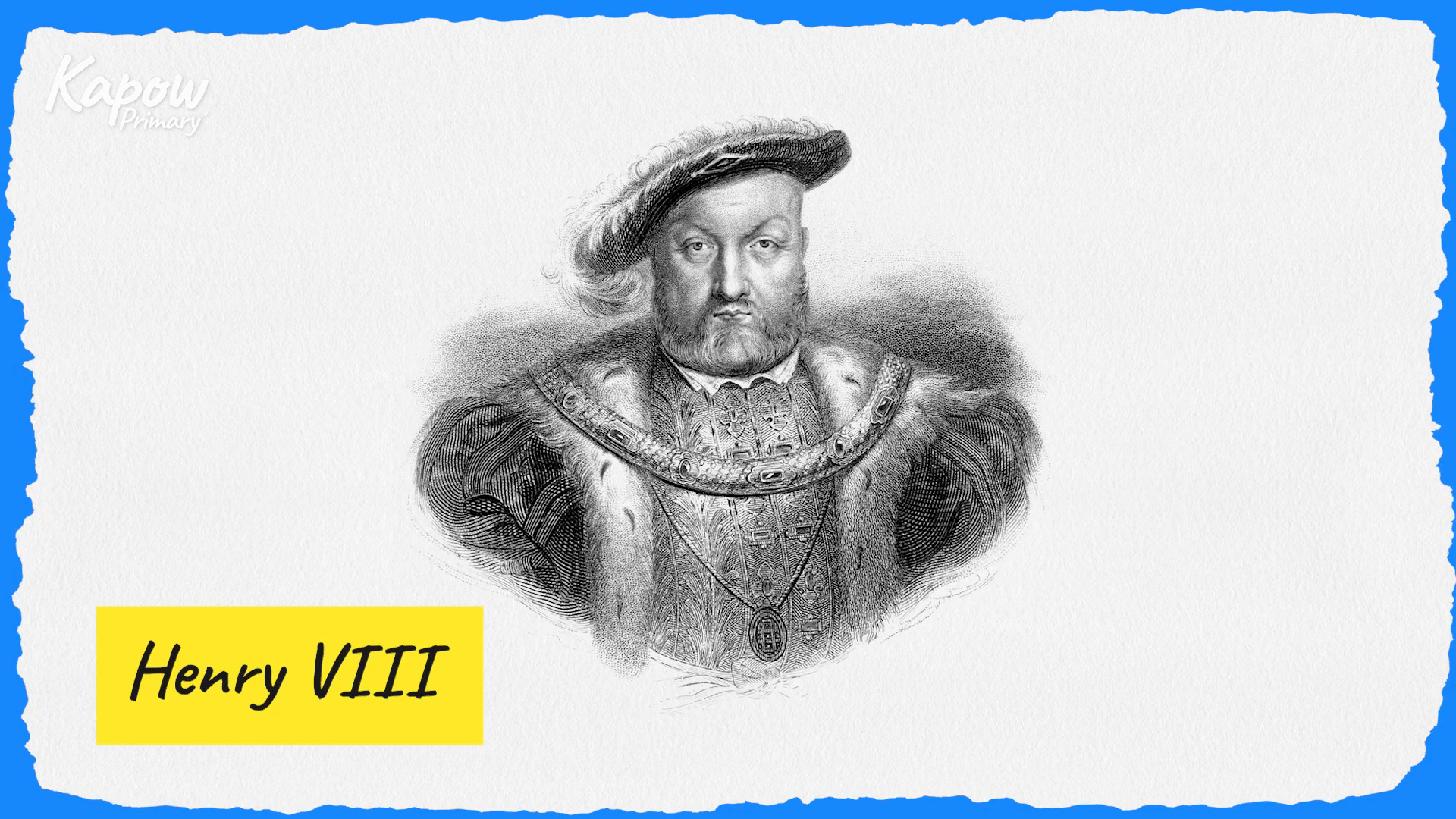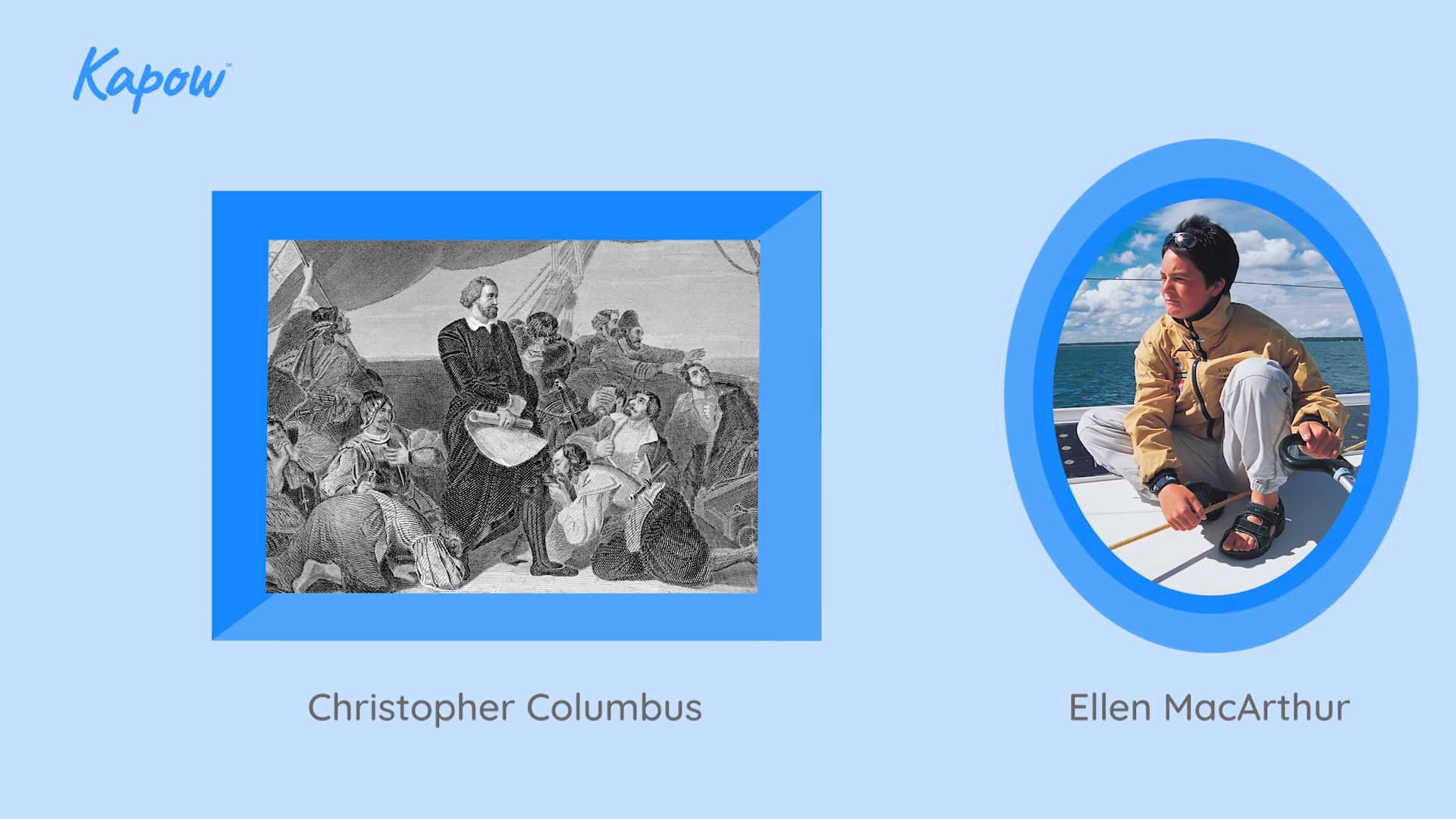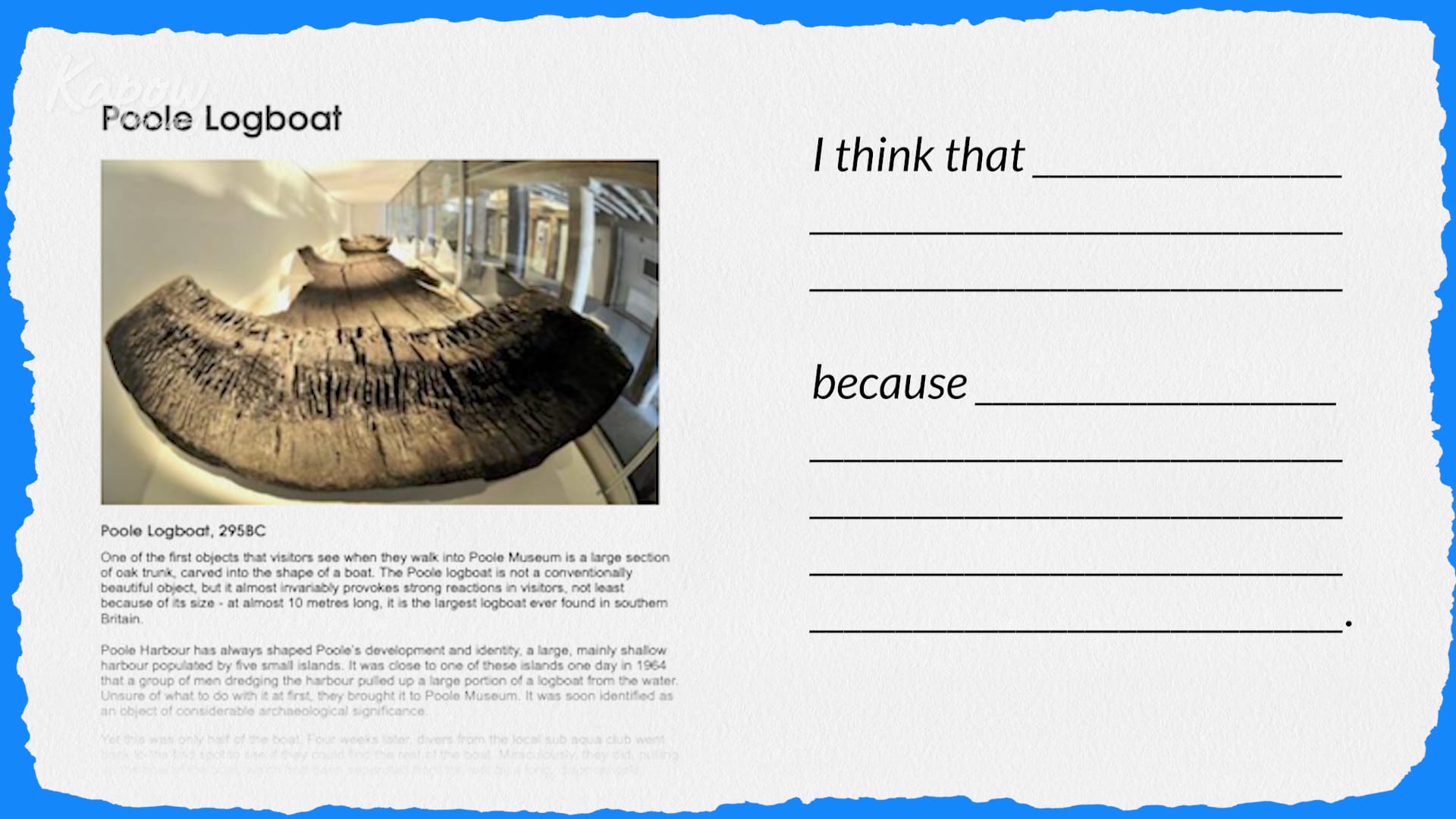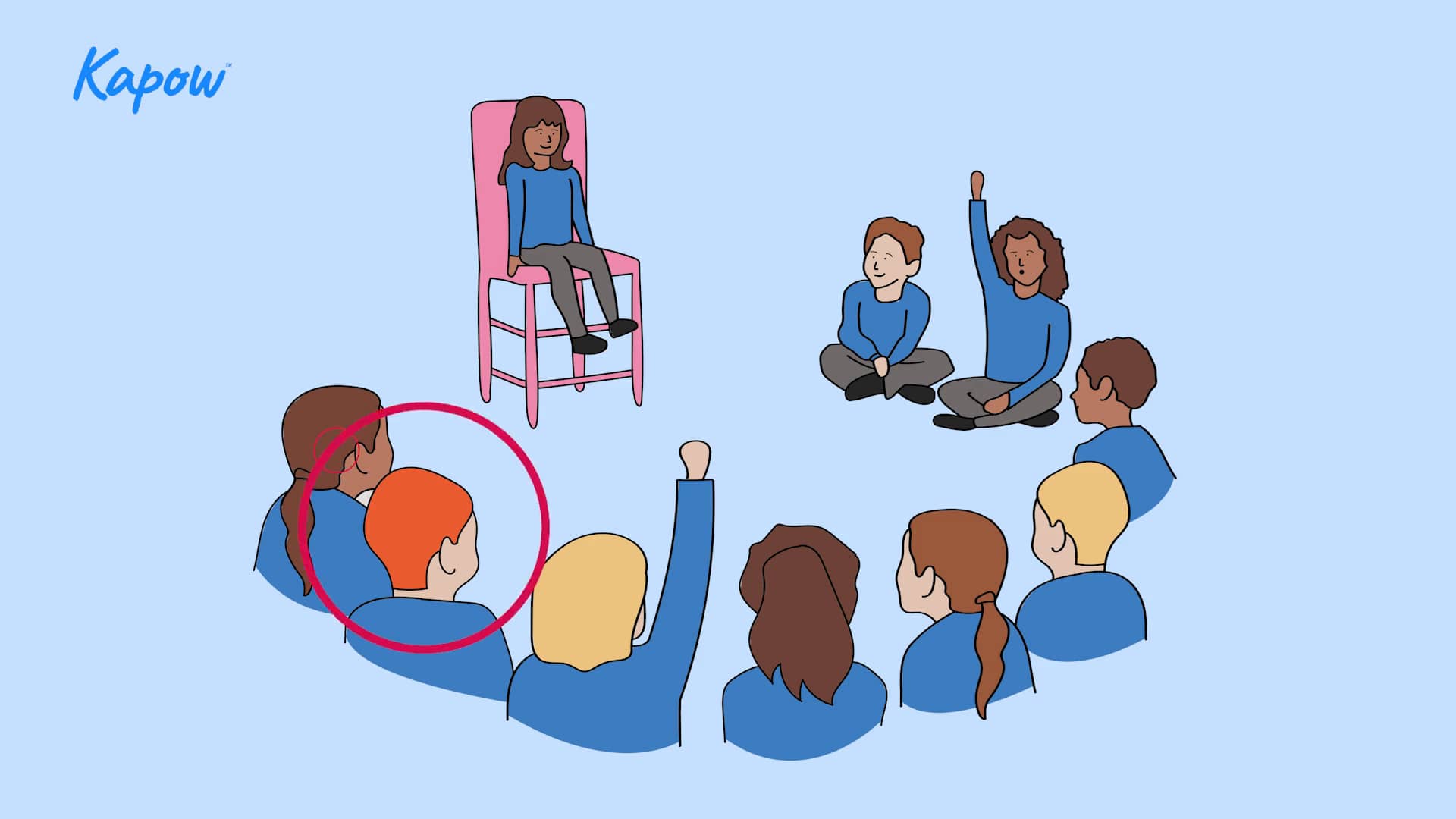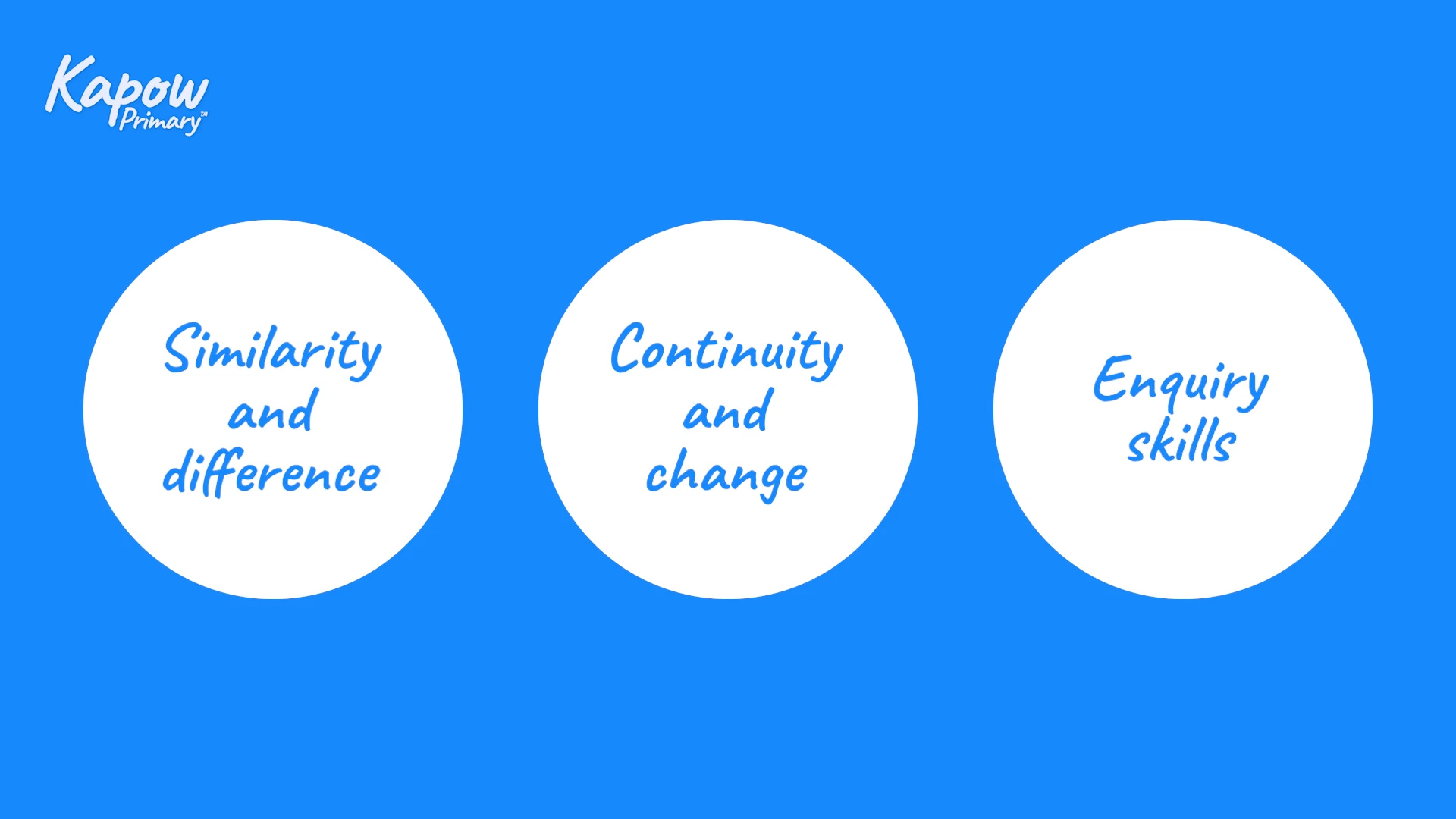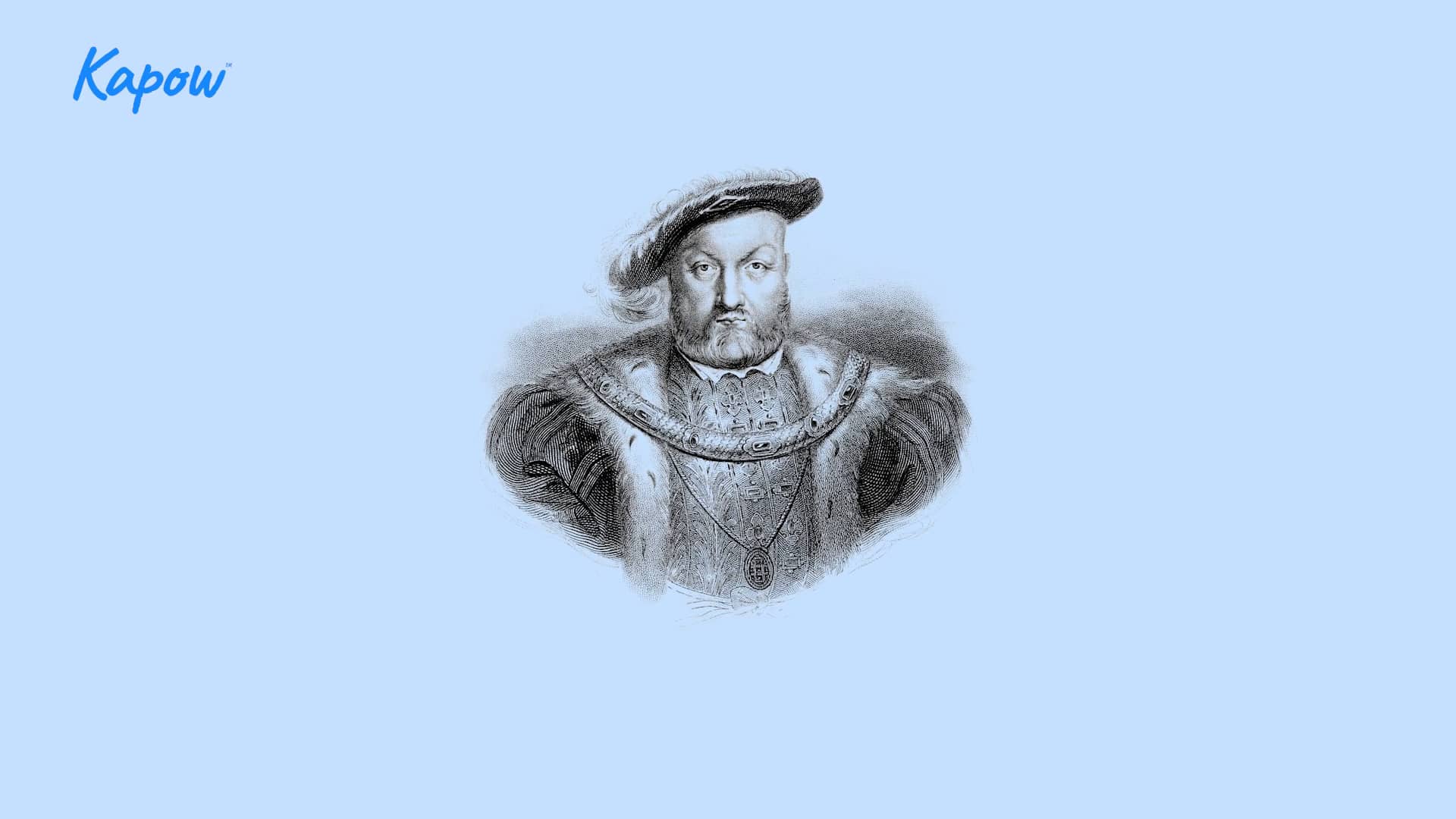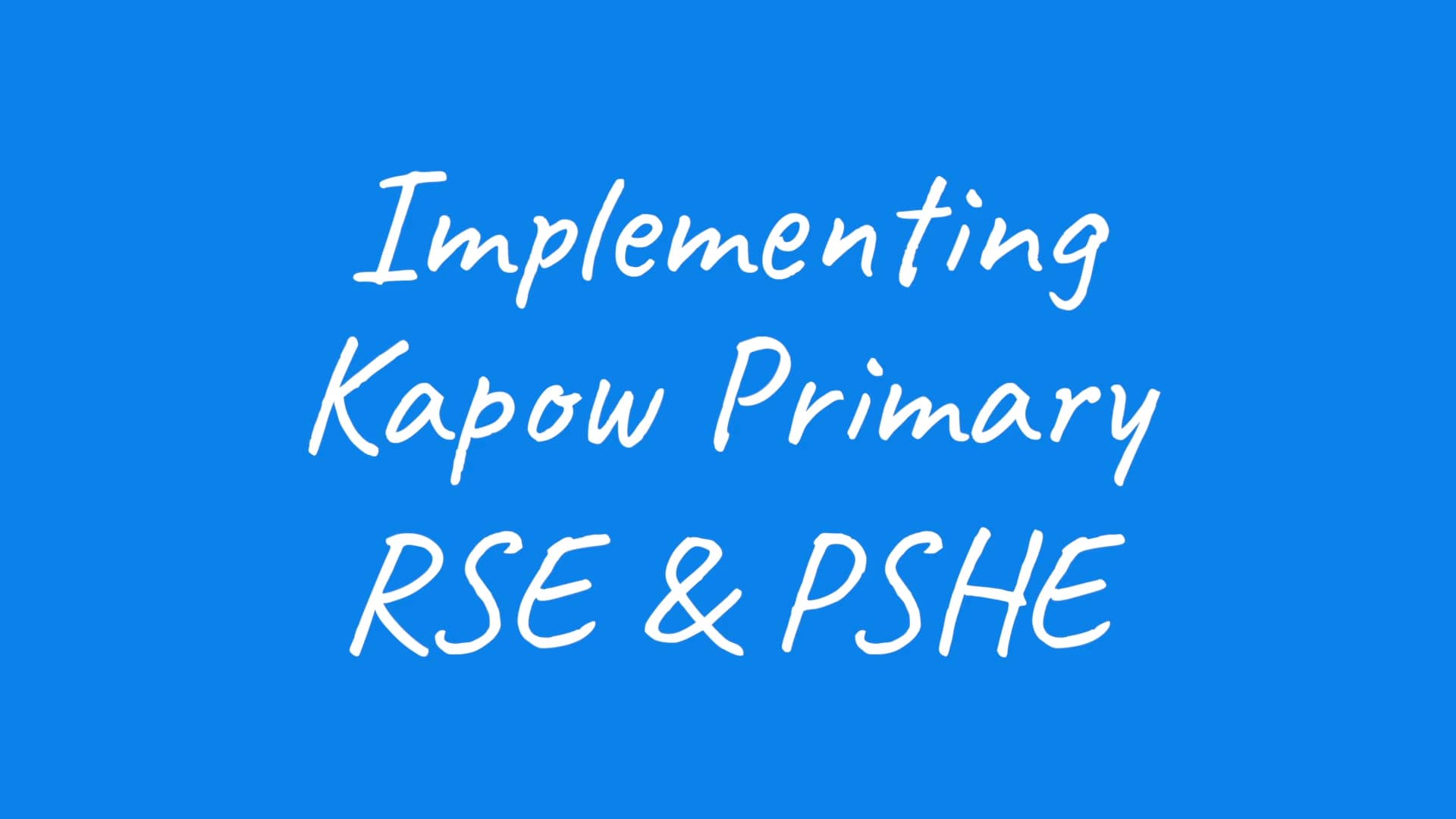This History teacher video introduces the concept of interpreting historical sources, focusing on how to identify both explicit and implicit information. Children are taught to consider the viewpoint of the source’s creator, the reason it was produced, and how this affects its reliability and potential bias. They explore how language, tone and content can influence how a source is interpreted, and develop strategies to infer meaning when information isn’t clearly stated.
year: Year 6
History teacher skills: Historical significance
This History teacher video focuses on the concept of historical significance—how historians decide what is important from the past and why. It explains that significance can vary depending on time, context, and perspective, and should not be confused with fame. The video encourages pupils to explore the reasons why people, events, or ideas are remembered, and to consider both positive and negative impacts.
Part of Kapow Primary’s History teacher skills series, the video provides strategies for introducing significance from Key Stage 1, where children learn about people who changed the lives of others, through to Key Stage 2, where significance is explored through more complex historical events. It includes practical examples, such as contrasting views on Christopher Columbus, and guidance on helping children evaluate achievements, impact, and differing perspectives to think critically about the past.
History teacher skills: Historical interpretation
This History teacher video focuses on the disciplinary skill of historical interpretation, as outlined in the National Curriculum. It highlights the idea that there can be multiple valid interpretations of the same event, shaped by the author’s perspective, bias, purpose, and the nature of the source. Pupils learn that primary sources are subjective and must be analysed carefully to understand what they reveal—and what they might leave out. The role of the historian is to weigh evidence and construct interpretations supported by reasoning.
The video explains how Kapow Primary’s scheme builds this skill progressively, helping children to both form their own interpretations and understand those of others. For example, in Year 3, pupils analyse a log boat and are encouraged to justify their ideas using evidence. In later years, they compare contrasting interpretations of events, such as the Roman invasion of Britain, exploring how different sources and new evidence shape historical understanding. The video emphasises that interpretations are not fixed and can change over time.
History teacher skills: Effective questioning
This History teacher video introduces the use of hot seating as a powerful strategy to develop inquiry skills through questioning. In this drama-based technique, a teacher or pupil adopts the role of a historical figure while others pose questions to explore their experiences, beliefs, and significance. The video explains how this technique supports children’s understanding of different perspectives and encourages the use of open-ended questions to elicit detailed responses. It also demonstrates how hot seating can be integrated into a range of topics, such as exploring the lives of Tudor child apprentices.
Teachers are supported with practical guidance for modelling and scaffolding question writing, including using question starters like “how,” “why,” and “describe.” Children are encouraged to think critically about the kind of information they want to discover and how to structure questions to gain deeper insights. Hot seating develops pupils’ empathy, their ability to interpret historical sources, and their understanding of the significance of historical individuals. By practising this technique in a safe and structured way, children build confidence in speaking, listening, and historical thinking.
History teacher skills: Using the census
This History teacher video explores how the census can be used as a powerful and accessible primary source in the classroom. It highlights how census data provides insight into real lives from the past, supporting pupils in developing key disciplinary skills such as enquiry, continuity and change, and similarity and difference. The video shows how children can use the census to investigate their local community, ask historical questions, and draw inferences, just as historians do.
History teacher skills: Historical enquiry
This History scheme of work video supports teachers in using census records as a rich source of information about real people from the past. It explains how pupils can explore local history through census data, such as comparing family sizes and ages across time, investigating occupations, tracing buildings or families through history, and examining differences in wealth between then and now.
The video suggests practical approaches for introducing pupils to census records, including analysing names, relationships, ages, occupations, and places of birth. Strategies for overcoming challenges, such as difficult handwriting, include using transcribed versions and explaining common terms like “head of household” and “ditto.” Pupils are encouraged to link their findings to wider historical contexts, such as the suffrage movement or world wars, and to identify what census data can and cannot reveal.
History teacher skills: Sources of evidence
This History teacher video explores how children develop the skills to work with historical sources and evidence. It explains how pupils across Key Stages 1 and 2 learn to identify, examine, and interpret a wide range of sources—including written, visual, and material items—to build their understanding of the past. The video distinguishes between primary and secondary sources, highlighting how each can provide valuable insights when carefully analysed. It also explains how even biased sources are useful, as they offer a perspective from the time.
The video supports teachers in helping pupils use sources for historical inquiry—extracting evidence, making interpretations, and forming their own versions of past events. It also shows how different interpretations of the same source are to be expected and encouraged, using practical examples like portraits of Henry VIII. The Kapow Primary scheme builds these inquiry skills gradually, supporting children to develop more complex historical thinking as they progress.
Implementing Kapow Primary French
This teacher video introduces the Kapow Primary French scheme and how it supports subject leaders in planning and delivering a high-quality languages curriculum. It explains the structure of the long-term plans, progression documents, assessment tools, and key learning strands—such as speaking and pronunciation, grammar, and intercultural understanding. The video also highlights practical support available for pronunciation, planning flexibility, and CPD, ensuring teachers feel confident and equipped to deliver engaging French lessons.
Implementing Kapow Primary RSE & PSHE
This video introduces teachers and subject leaders to Kapow Primary’s RSE & PSHE scheme. It explains the structure and flexibility of the curriculum, including long-term plans for standard, condensed, and mixed-age settings. The video covers how progression is built across strands, how the scheme aligns with statutory guidance, and how to support planning, assessment, and confidence in delivery. Teachers are shown how to tailor the scheme to their school’s needs, ensuring comprehensive and age-appropriate learning from Year 1 to Year 6.

